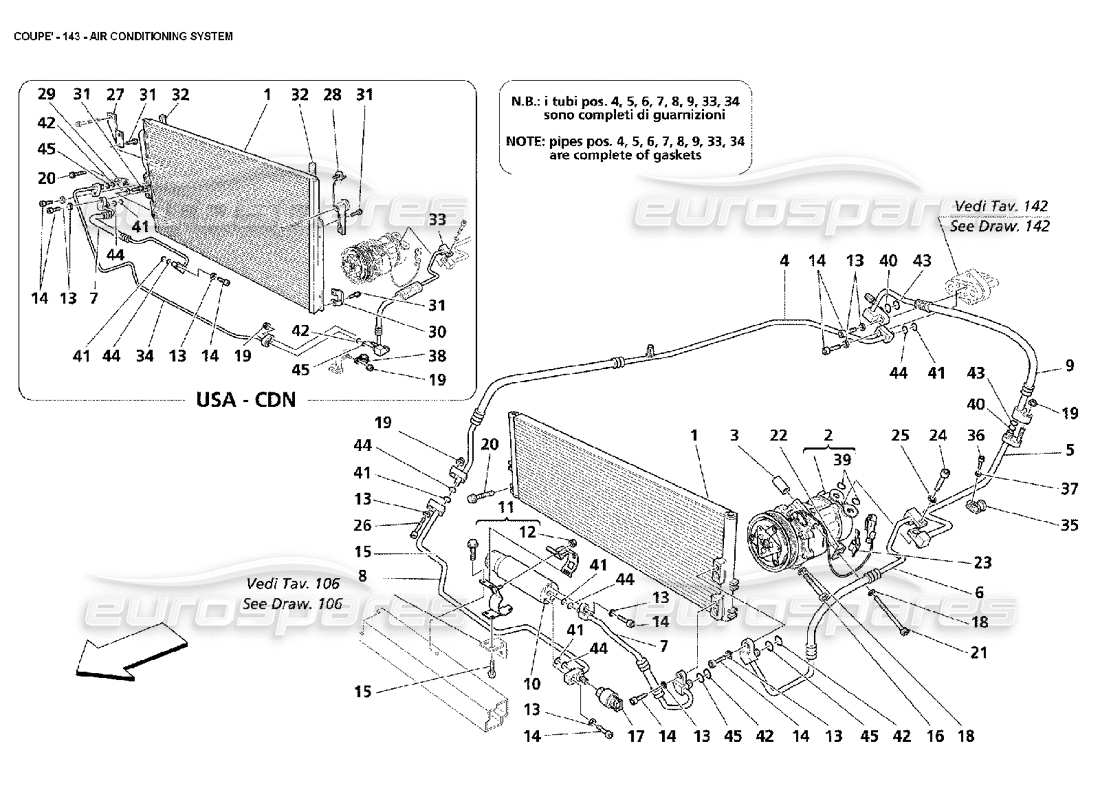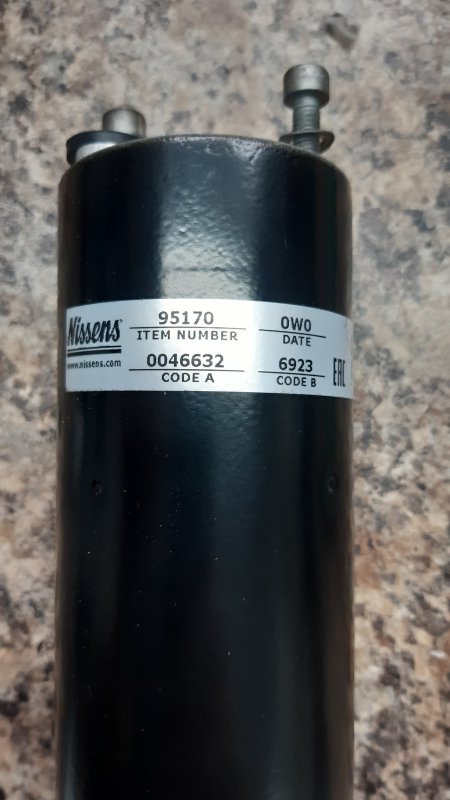Hi all
I have just purchased a 4200 GT and have noticed the aircon is not working. The fan works but no cold air. The seller says it just need a re-gas because it has been getting less effective over a number of years. My question is - is that likely to be the case and if not what is the most likely cause and how easy would it be to fix? Any help much appreciated.
I have just purchased a 4200 GT and have noticed the aircon is not working. The fan works but no cold air. The seller says it just need a re-gas because it has been getting less effective over a number of years. My question is - is that likely to be the case and if not what is the most likely cause and how easy would it be to fix? Any help much appreciated.





